To design the most engaging and transformative learning experiences in the most efficient way possible, we employ several theories and models to underpin our evidence-based design approach.

By using the Accelerated Learning Cycle, the Transformative Learning Model and the principles of designing engaging learner experiences, we employ a deeply experiential learning method.
Participants learn by doing and then reflecting on what they have done to think about how they will apply their learnings in their daily lives. We support participants to build on their existing experiences to see the world and their place in it a little differently.
By engaging their Heads, Hands and Hearts, we anchor their cognitive learning in a physical and emotional experience to make the learnings more memorable.
By chunking, scaffolding and sequencing the material, we make it both accessible and challenging. Through Socratic questioning and humble enquiry, we support a shared experience through personal reflection and peer-assisted learning.
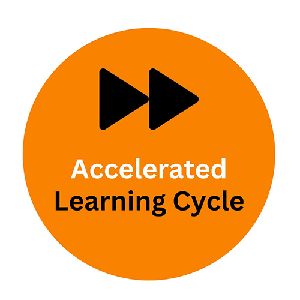
The 5 Stages of the Accelerated Learning Cycle optimise learning by situating learning as a creative process, not a product to be consumed.
The trainer is more of a facilitator than a presenter, focusing on activity-based programs rather than just PowerPoint slides.
It acknowledges that a positive, collaborative, and enjoyable learning environment greatly boosts learning.
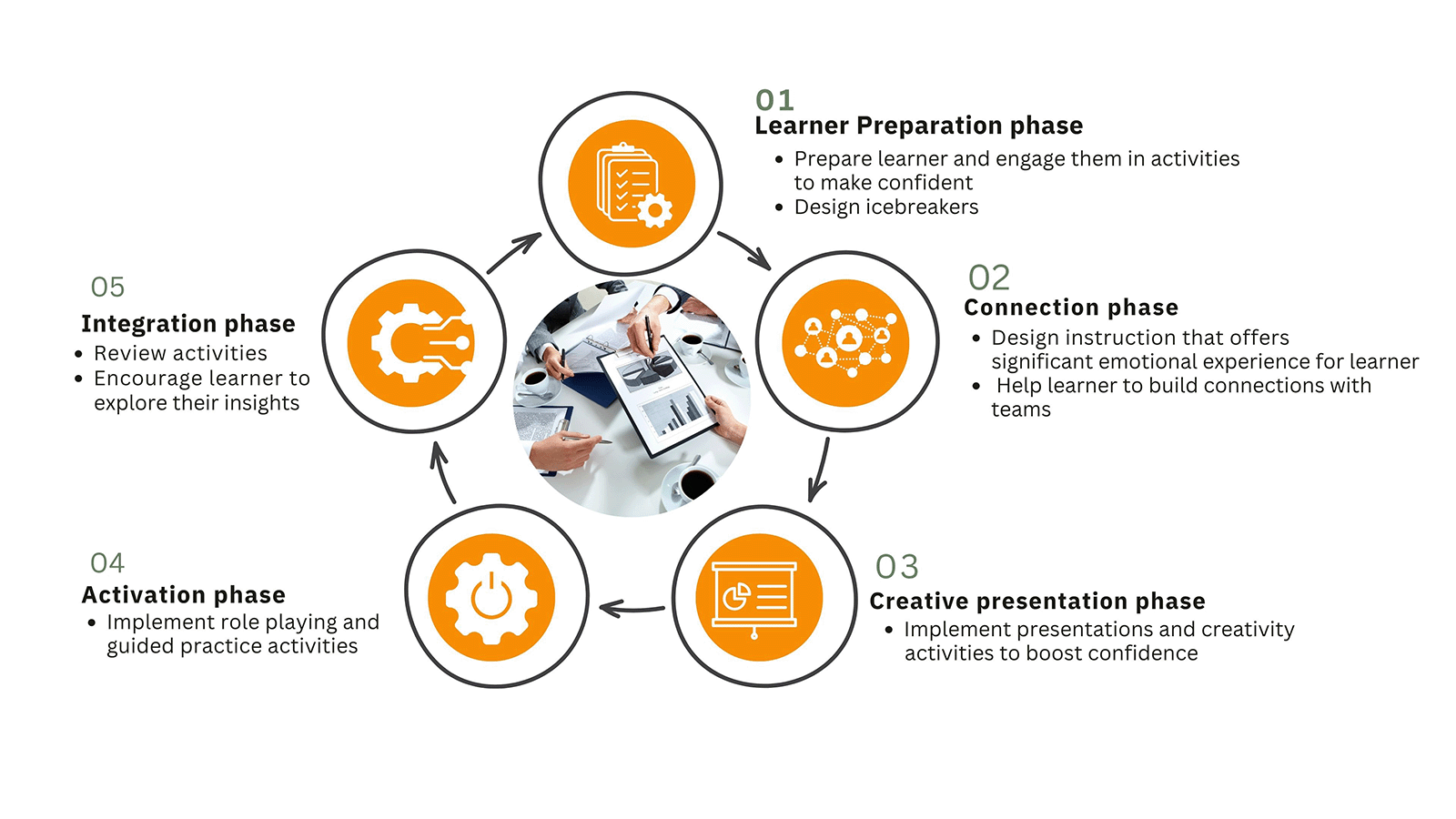
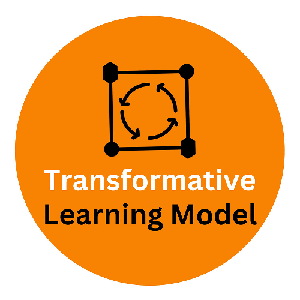
Mezirow’s Transformative Learning Model works on the principle that as learners are getting new information, they are also evaluating their past ideas and experiences. Through critical reflection, they are shifting their worldview as they obtain new information.
It goes beyond simply acquiring knowledge and dives into the way that learners find meaning in their lives. This kind of learning experience involves a fundamental change in our perceptions, leading to true freedom of thought and understanding.
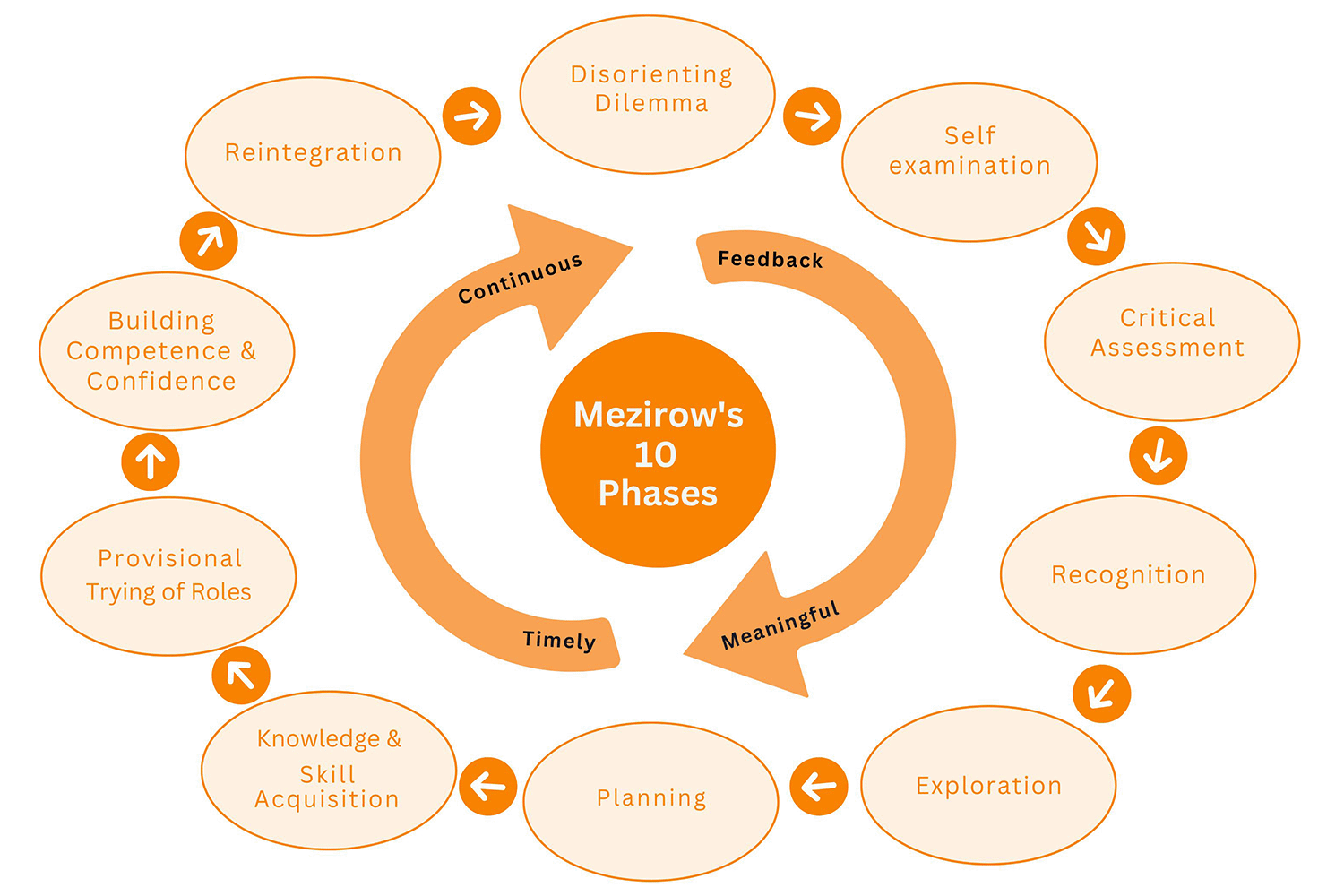
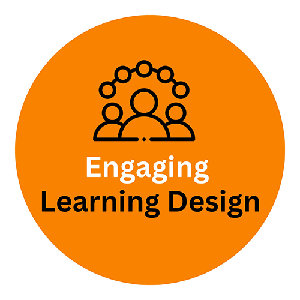
Informed by research into student engagement from the Department of Education and WSU, the focus of designing engaging learning experiences is the balanced interplay of the high cognitive (thinking), high affective (feeling) and high operative (doing).
This is used to create inclusive and collaborative “cultures of learning” that are focused on finding ways of enabling and encouraging learners to enter into communities of practice, discourse and inquiry, to become an ‘insider’ in the culture of the classroom, and therefore drive engagement.
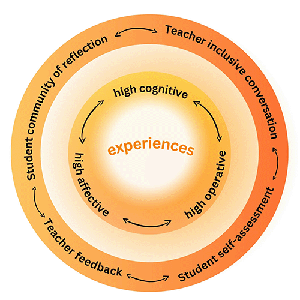
Head:
What are they Learning / Thinking?
Heart:
What are they Feeling?
Hands:
What are they Doing?
If you would like to find out more about how we could apply these design philosophies to a program for your people, please schedule a conversation with us.